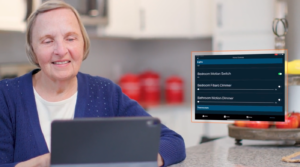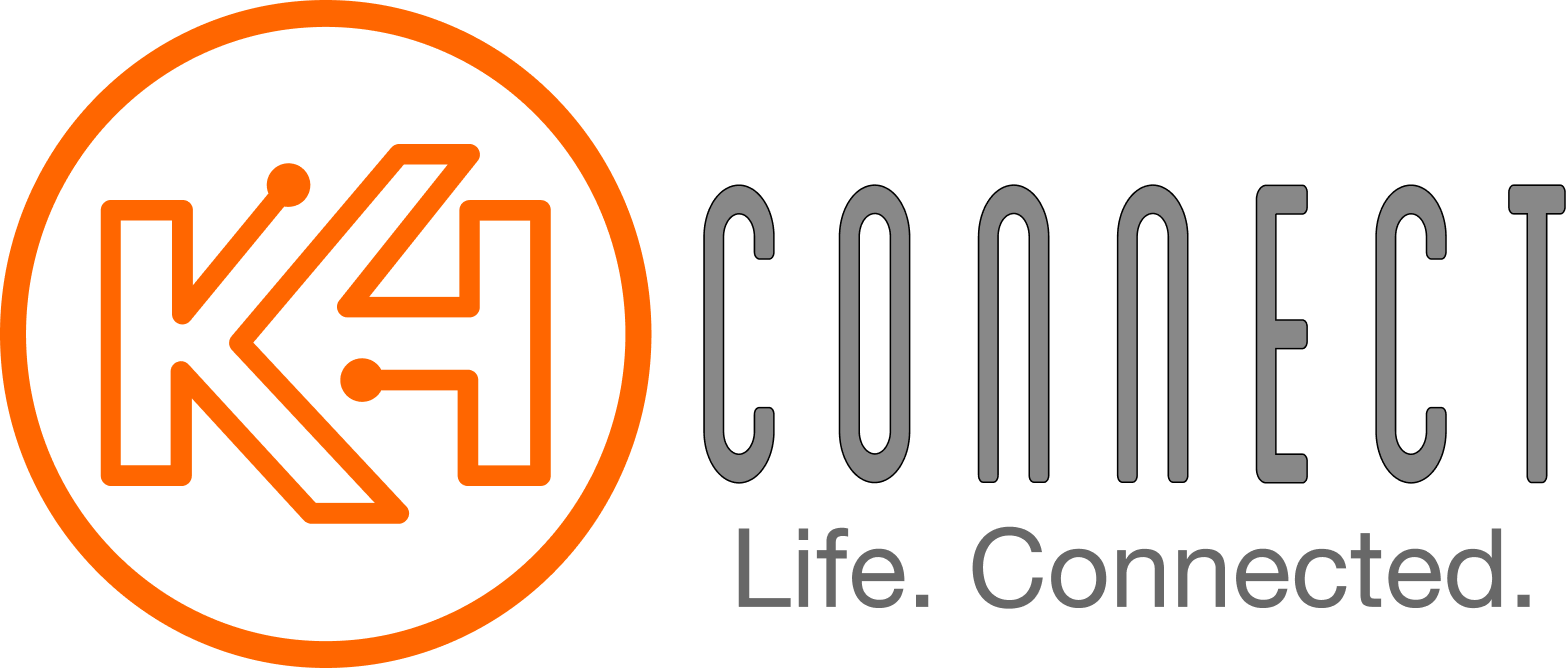Argentum Senior Living Executive Magazine speaks with K4Connect and other technology leaders focused on solutions that can fuel preventative care for older adults.
April 19, 2022
By: Cynthia Bombach
We don’t need a crystal ball to see into the future. An array of predictive technologies can help communities manage issues ranging from medication supplies to COVID outbreaks and falls. These solutions collect and transmit information in seconds to administration, associates, residents, and families, so preventative action can be taken.
Some of these technologies, especially smart-home features and wristbands that monitor health and behavior, are familiar and will be expected by incoming generations of residents. Data from market research firm Parks Associates shows that people in their 50s prioritize smart-home safety features, while those over 70 would like technology with connected health features.
…

Making connections
With the plethora of technologies in use in senior living communities, residents and staff can find it unwieldy to use separate interfaces to access all of them. “Umbrella” technologies give communities a way to access all their technologies through one solution.
K4Community was designed by K4Connect to unite all the different technologies in a community and make them accessible through one solution. It can be accessed through iOS, Android, the web, voice technology, TV, and digital signage. It has features for residents, staff, and operators, but is primarily aimed at serving residents.
“We take all of these great consumer technologies and bring them together in a single system,” says Scott Moody, CEO of K4Connect. All of a community’s existing technologies, including standalone systems, can be used through the K4Community interface.
The Resident Check-In feature unobtrusively performs resident checks via a resident’s use of smart home devices or other connected features. Residents don’t have to take any special action, and staff can view the reports on their phones or desktop. Team associates will receive an alert if a resident hasn’t shown any activity during the check-in window.
This reduces the need for staff to perform active check-ins. “The only way to bridge the gap between the number of older adults and the reduced number of caregivers in the world is through technology,” Moody says.
Residents ready to interact
Viamonte Walnut Creek, a Sequoia Living community in the San Francisco Bay Area, uses the K4Community Plus app for its residents. The community has a strong and intentional tech focus.
“We use K4Community Plus as a hub of information for residents including dining information, life enrichment program information, and the very popular resident directory,” says Kate Douglas, director of life enrichment at Viamonte.
The community has a group of tech-savvy residents who meet regularly, interact with the K4Connect team, and teach other residents how to use the system. “The residents have been instrumental in supporting the tech,” says Douglas.
That should be good news to Moody, who took pains to ensure the system would fit the needs of older adults. “We as developers, designers, and user interface designers have to put ourselves in the shoes of those we serve,” he says. “What a 25-year-old understands and values is different from what an 85-year-old will understand and value.”
He points out the ubiquity of the phone handset icon on smartphones. Most adults immediately recognize that it means “telephone,” but younger adults and teens often have no idea what it represents.
Those who create technology must continually adapt to each generation of users, he says, just as communities that want to remain competitive should always be looking ahead to try to predict what features the next wave of residents will want.
Head over to Argentum’s Senior Living Executive Magazine to read the full article!

